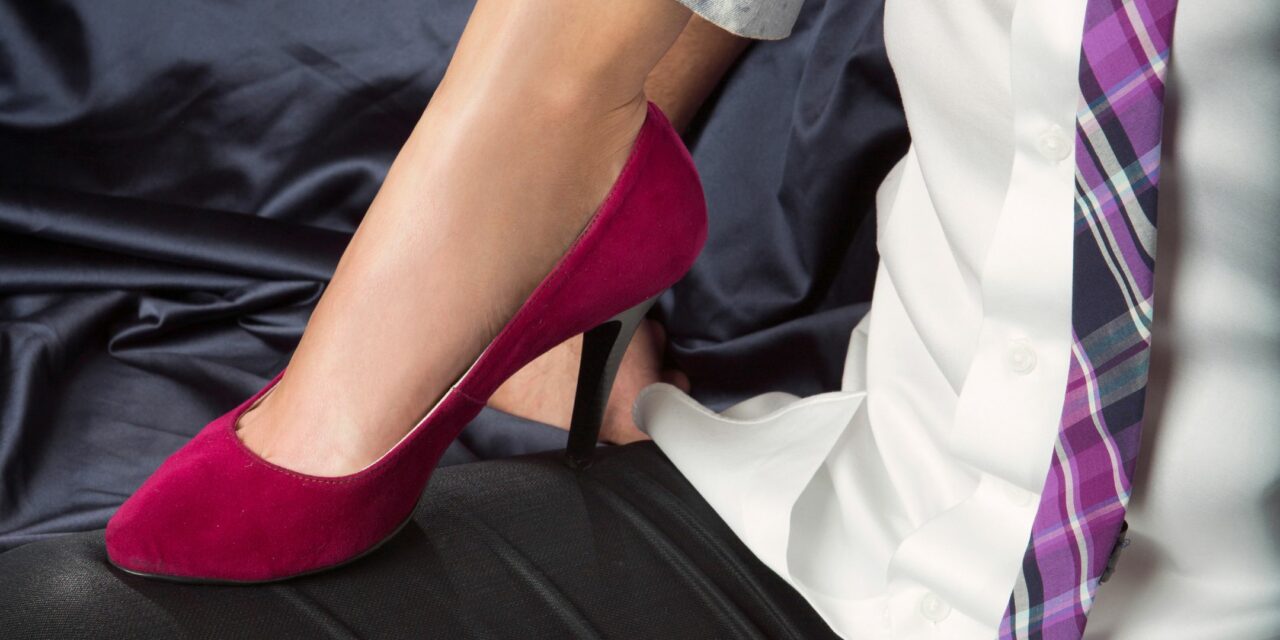Did you know that high heels were originally designed for men? In fact, men wore high heels for centuries before they became a symbol of femininity and glamour in women’s fashion.
The Origin of Men’s High Heels
The history of high heels dates back to the Persian Empire, where soldiers wore high-heeled boots to help them stay in their stirrups while riding horses. This design soon spread to other cultures, including Europe.
High Heels for Men: A Status Symbol
In the 16th century, high heels became popular among men in the European aristocracy. They were seen as a symbol of wealth and status, and were often elaborately decorated with gold and other precious metals. But high heels weren’t just a fashion statement for men. They also served a practical purpose for hunting and warfare. Men would wear high heels to help them hold the bow and arrow more steady, and to give them an advantage in battle.
The Rise of Women’s High Heels
As time went on, high heels fell out of favor among men and became associated with femininity. In the 18th century, high heels became popular among women as a way to make them appear taller and more elegant. They also helped to accentuate the curves of the body, which was considered desirable at the time.
The Fashion Statement of High Heels
Today, high heels are a staple of women’s fashion, and they come in all shapes and sizes. From stilettos to platform heels, women wear high heels to make a fashion statement, to boost their confidence, and to add a touch of glamour to their outfits.
The Downside of High Heels
However, high heels can also be uncomfortable and even dangerous to wear. They can cause foot pain, ankle sprains, and other injuries. And while high heels may make women feel more confident, they can also lead to body image issues and unrealistic beauty standards.
In conclusion, did you know that high heels were originally designed for men? They were worn for practical reasons, such as hunting and warfare. Today, high heels are a staple of women’s fashion, but it’s important to remember their origins and the ways in which they have been used throughout history to serve both practical and symbolic purposes.
Help us reach a wider audience by sharing this article with your friends and giving it a rating.
Thank you for your support!










